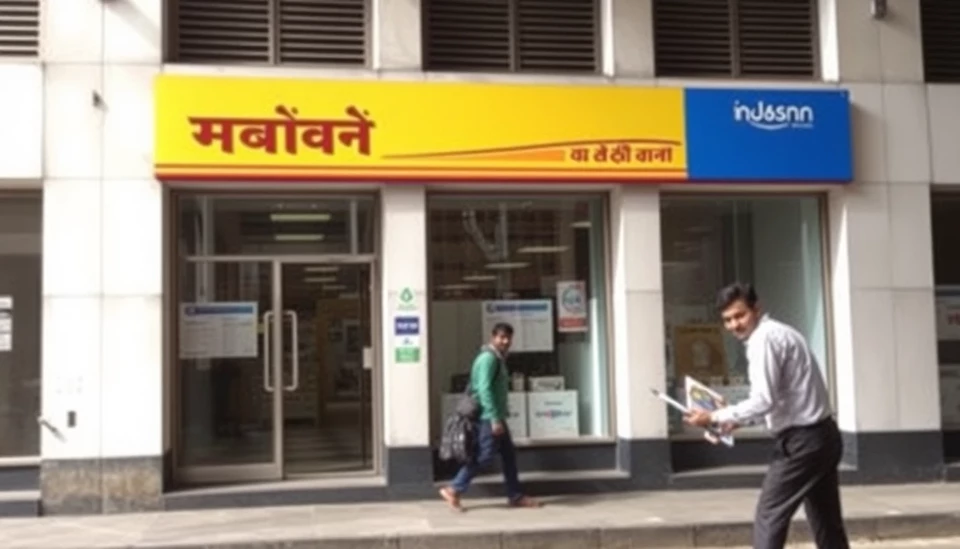
Recent data highlighting an alarming increase in defaults on small loans in India is causing widespread concern among investors and economists alike. The surge in defaults is not just a concern for banks and financial institutions but is beginning to signal potential economic distress for the larger Indian market. This situation is poised to have profound implications, not only on the immediate financial landscape but also on the overall economic growth trajectory of the country.
In the latest figures released, the default rates on various small loan segments have risen significantly. This trend is indicative of deeper challenges within the economy, particularly for the segment that aims to support underserved populations and small businesses. The economic strain experienced by borrowers is reflective of a broader struggle against rising costs and an inflationary environment that has begun to take its toll.
The consequences of rising defaults extend far beyond the individual borrowers. Financial analysts are increasingly concerned that the uptick in non-performing assets could lead to tighter lending conditions. Banks may raise interest rates, or alter lending policies, which would limit access to credit for many small enterprises crucial to India's economic fabric. This could stifle growth in a sector that has been pivotal in driving employment and development within the economy.
Moreover, the ramifications of these defaults are evident in the Indian stock market, where volatility has become the new norm. Investors are showing heightened apprehension as they heed the warning signals of deteriorating loan performance. The stock prices of major financial institutions are under pressure, reflecting concerns over their exposure to the small loan market, which includes microfinance institutions and other lenders that cater primarily to low-income borrowers.
Experts warn that if the trend of rising defaults continues, it could precipitate a broader financial crisis within the banking sector. The potential ripple effects of such a crisis could lead to a tightening of liquidity across the market, curtailing investments and stymying economic growth implicated in India’s aspirations to become a $5 trillion economy.
In response to these looming challenges, some financial institutions are reportedly reassessing their risk management strategies. There is an urgent call for regulators to step in and monitor the sector more closely to ensure that the situation does not spiral out of control. Measures being discussed include tighter lending norms and increased scrutiny on borrower profiles to mitigate the risk of defaults.
The rise in small loan defaults raises crucial questions about the sustainability of current lending practices and the resilience of the Indian economy. As borrowers grapple with the pressures of repaying loans amid soaring costs, the outlook for economic recovery appears to be at risk. Policymakers, investors, and financial institutions alike must navigate this shifting landscape carefully to avoid exacerbating the situation further.
The overall sentiment remains cautiously pessimistic, as various stakeholders await clearer signals regarding the trajectory of small loans and their long-term implications for the Indian economy and stock market. Observers suggest that immediate action is essential to avert potential fallout that could have lasting repercussions on both borrowers and the economy at large.
As the situation continues to develop, it remains crucial for all involved to stay informed and engaged in discussions about strategies to combat rising defaults and stabilize the economic environment.
#India #Finance #Economy #Loans #StockMarket #Defaults #Microfinance #Investors #Business
Author: Rachel Greene




